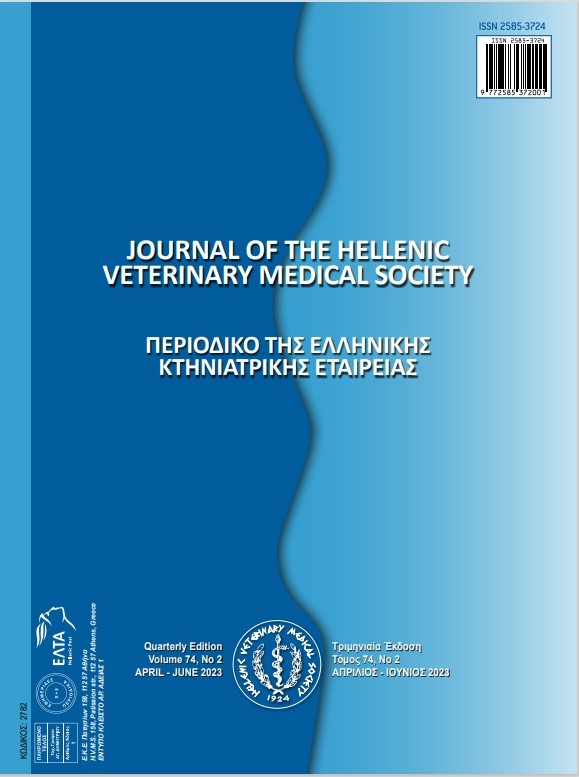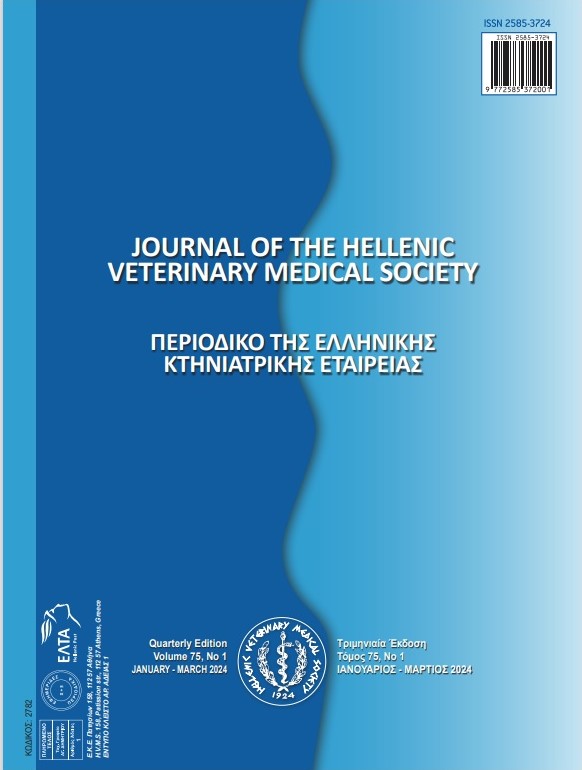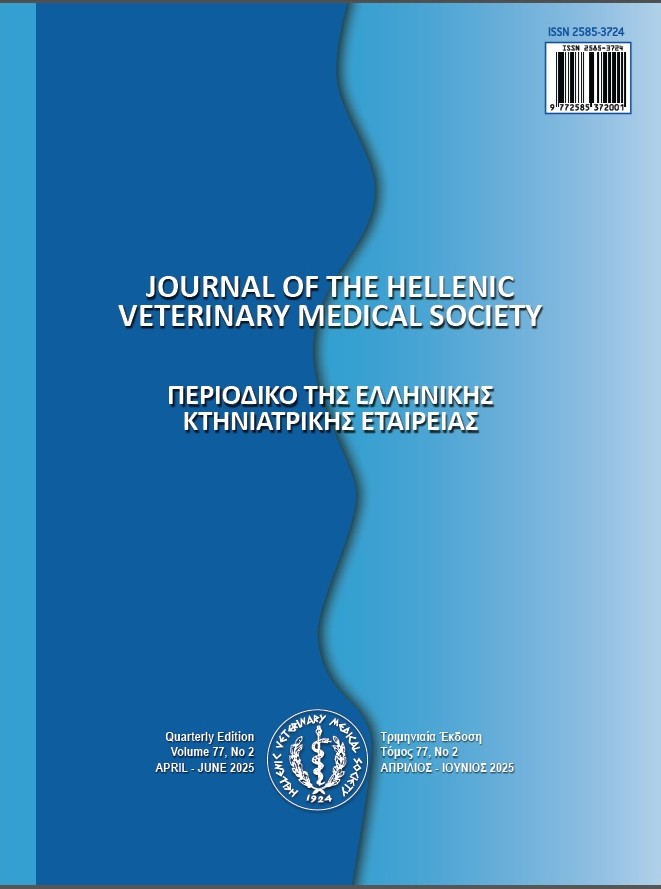The effects of goji berry (Lycium barbarum L.) leaves on performance, meat lipid oxidation, digestive tract parts, and some blood parameters of broiler chickens

Résumé
The aim of this study was to investigate the effects of supplementing diets with goji berry (Lycium barbarum L.) leaves (GBL) on performance, meat lipid oxidation, meat chemical composition, carcass traits, some internal organs, digestive tract parts and some blood parameters in broiler chickens. A total of 144 d-old mix-sexed chicks (Ross-308) were weighed and randomly allocated to four experimental groups with three replicates of 12 chickens each. Treatments were as follows: (i) basal diet (control), (ii) basal diet+1 g/kg GBL, (iii) basal diet + 5 g/kg GBL and (iv) basal diet+ 10 g/kg GBL. After analysis of one-way ANOVA, the results revealed that 10 g/kg GBL improved body weight (0-6 weeks) (P<0.01), body weight gain (4-6 weeks) and feed intake (4-6 and 0-6 weeks) (P<0.05). Feed conversion ratio did not significantly improve with GBL treatment (P>0.05). In addition, 10 g/kg GBL of the diet increased heart weight and proventriculus length (P<0.05), however, decreased breast meat lipid oxidation on d 21 (P<0.05). Experimental treatments did not affect the total cholesterol, HDL, glucose and triglycerides (P>0.05) but decreased LDL (P<0.05). In conclusion, supplementation of 10 g/kg GBL to broiler chicken diet may improve performance and may decrease breast meat lipid oxidation and blood serum LDL.
Article Details
- Comment citer
-
Arslan Duru, A., & Barıt, M. (2023). The effects of goji berry (Lycium barbarum L.) leaves on performance, meat lipid oxidation, digestive tract parts, and some blood parameters of broiler chickens . Journal of the Hellenic Veterinary Medical Society, 74(2), 5691–5700. https://doi.org/10.12681/jhvms.29995
- Numéro
- Vol. 74 No 2 (2023)
- Rubrique
- Research Articles

Ce travail est disponible sous licence Creative Commons Attribution - Pas d’Utilisation Commerciale 4.0 International.
Authors who publish with this journal agree to the following terms:
· Authors retain copyright and grant the journal right of first publication with the work simultaneously licensed under a Creative Commons Attribution Non-Commercial License that allows others to share the work with an acknowledgement of the work's authorship and initial publication in this journal.
· Authors are able to enter into separate, additional contractual arrangements for the non-exclusive distribution of the journal's published version of the work (e.g. post it to an institutional repository or publish it in a book), with an acknowledgement of its initial publication in this journal.
· Authors are permitted and encouraged to post their work online (preferably in institutional repositories or on their website) prior to and during the submission process, as it can lead to productive exchanges, as well as earlier and greater citation of published work.




